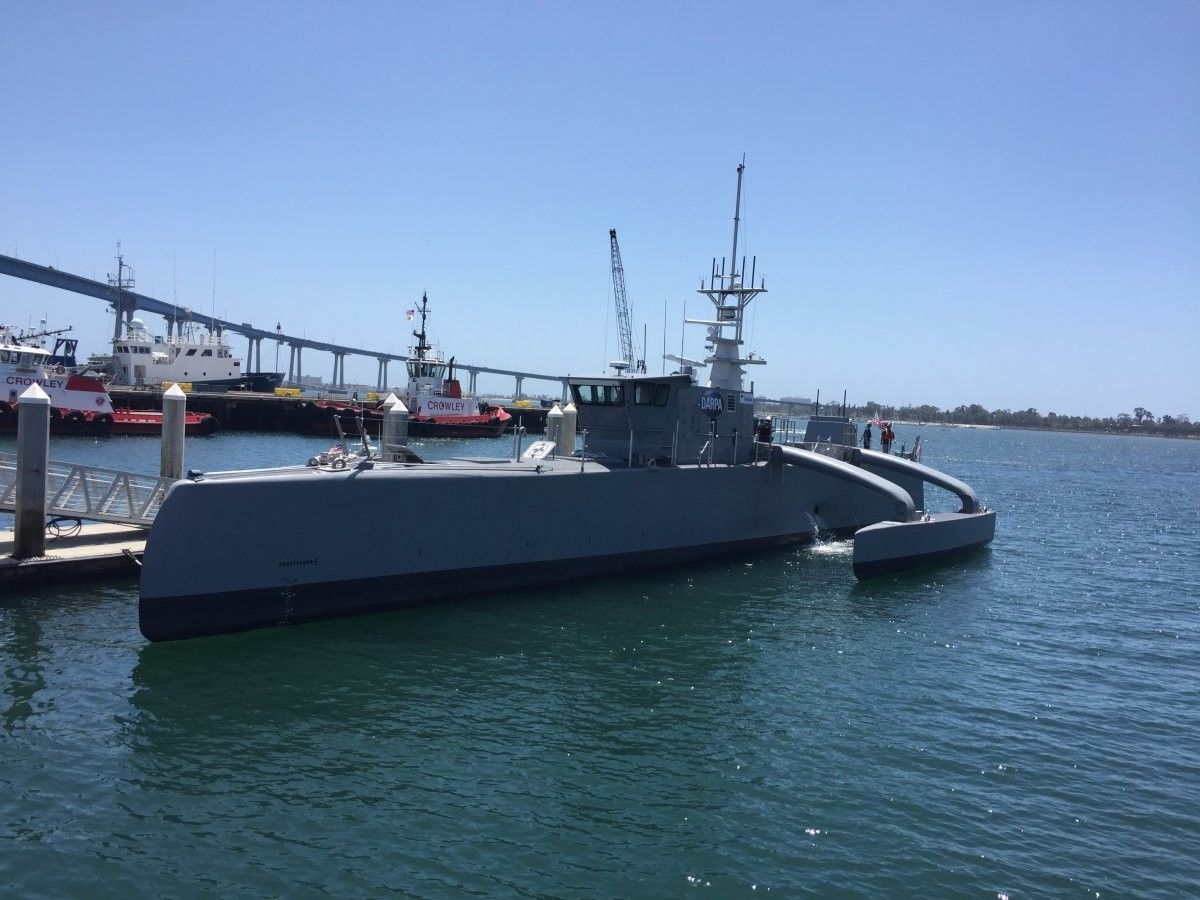From healthcare to warfare, machine-based thinking is revolutionising the way we live, exposing us to the benefits and the risks. Twenty-six world experts in emerging technologies say cybercrime will grow and drones will be misused in the next decade.
Category: military – Page 258


How China’s Massive AI Plan Actually Works
When the Chinese government released its Next Generation Artificial Intelligence Plan in July 2017, it crisply articulated the country’s ambition: to become the “world’s primary AI innovation center” by 2030. That headline goal turned heads within the global tech elite. Longtime Google CEO Eric Schmidt cited the plan as proof that China threatened to overtake the United States in AI. High-ranking American military leaders and AI entrepreneurs held it up as evidence that the United States was falling behind in the “space race” of this century. In December 2017, China’s Ministry of Industry and Information Technology followed up with a “three-year action plan,” a translation of which was recently released by New America’s DigiChina initiative.
But how do these plans actually work? There’s a tendency to place this AI mobilization within China’s longstanding tradition of centrally planned engineering achievements that have wowed the world. The rapid build-out of the country’s bullet train network stands as a monument to the power of combining central planning and deep pockets: in the span of a decade, the Chinese central government spent around $360 billion building 13,670 miles of high-speed rail (HSR) track, more mileage than the rest of the world combined.
But putting the AI plan in this tradition can be misleading. While it follows this model in form (ambitious goal set by the central government), it differs in function (what will actually drive the transformation). The HSR network was dreamed up and drawn up by central government officials, and largely executed by state-owned enterprises. In AI, the real energy is and will be with private technology companies, and to a lesser extent academia.


Getting to grips with military robotics
PETER SINGER, AN expert on future warfare at the New America think-tank, is in no doubt. “What we have is a series of technologies that change the game. They’re not science fiction. They raise new questions. What’s possible? What’s proper?” Mr Singer is talking about artificial intelligence, machine learning, robotics and big-data analytics. Together they will produce systems and weapons with varying degrees of autonomy, from being able to work under human supervision to “thinking” for themselves. The most decisive factor on the battlefield of the future may be the quality of each side’s algorithms. Combat may speed up so much that humans can no longer keep up.
Frank Hoffman, a fellow of the National Defence University who coined the term “hybrid warfare”, believes that these new technologies have the potential not just to change the character of war but even possibly its supposedly immutable nature as a contest of wills. For the first time, the human factors that have defined success in war, “will, fear, decision-making and even the human spark of genius, may be less evident,” he says.
Weapons with a limited degree of autonomy are not new. In 1943 Germany produced a torpedo with an acoustic homing device that helped it find its way to its target. Tomahawk cruise missiles, once fired, can adjust their course using a digital map of Earth’s contours. Anti-missile systems are pre-programmed to decide when to fire and engage an incoming target because the human brain cannot react fast enough.



Does Aging Have a Reset Button?
Part of Vittorio Sebastiano’s job is to babysit a few million stem cells. The research professor of reproductive biology at Stanford University keeps the cells warm and moist deep inside the Lorry I. Lokey Stem Cell Research Building, one of the nation’s largest stem cell facilities. He’s joined there by an army of researchers, each with their own goals. His own research program is nothing if not ambitious: He wants to reverse aging in humans.
Stem cells are the Gary Oldman of cell types. They can reprogram themselves to carry out the function of virtually any other type of cell, and play a vital role in early development. This functional reprogramming is usually accompanied by an age reset, down to zero. Sebastiano figures that if he can separate these different kinds of reprogramming, he can open up a whole new kind of aging therapy. Nautilus caught up with him last month.

Strava’s Just the Start: The US Military’s Losing War Against Data Leakage
The Defense Department can’t stop the rising river of of digital metadata — or prevent enemies from dipping into it.
The Pentagon has long wrapped Diego Garcia in a veil of secrecy, barring media from the Indian Ocean island even as its base and airfield became a key node in America’s wars in the Middle East. But a hole appeared in the veil last Saturday, when a mobile fitness-tracking app company called Strava posted a heatmap of its subscribers’ activity — including the routes that sailors and airmen take as they jogged.
“What you saw from the running patterns is exactly what I experienced when I was deployed there five times between 1985 and 1999,” Air Force General Paul Selva, vice chairman of the Joint Chiefs of Staff, recalled in a breakfast with reporters on Tuesday. A heavily secluded jungle trail runs along the island’s western edge, Selva said, perfect for an ambush. “I’ve run it a thousand times. If I had a FitBit, I would have contributed to the map of Diego Garcia.”

The future of war
At least the world knows what it is like to live in the shadow of nuclear weapons. There are much bigger question-marks over how the rapid advances in artificial intelligence (AI) and deep learning will affect the way wars are fought, and perhaps even the way people think of war. The big concern is that these technologies may create autonomous weapons systems that can make choices about killing humans independently of those who created or deployed them.
War is still a contest of wills, but technology and geopolitical competition are changing its character, argues Matthew Symonds.